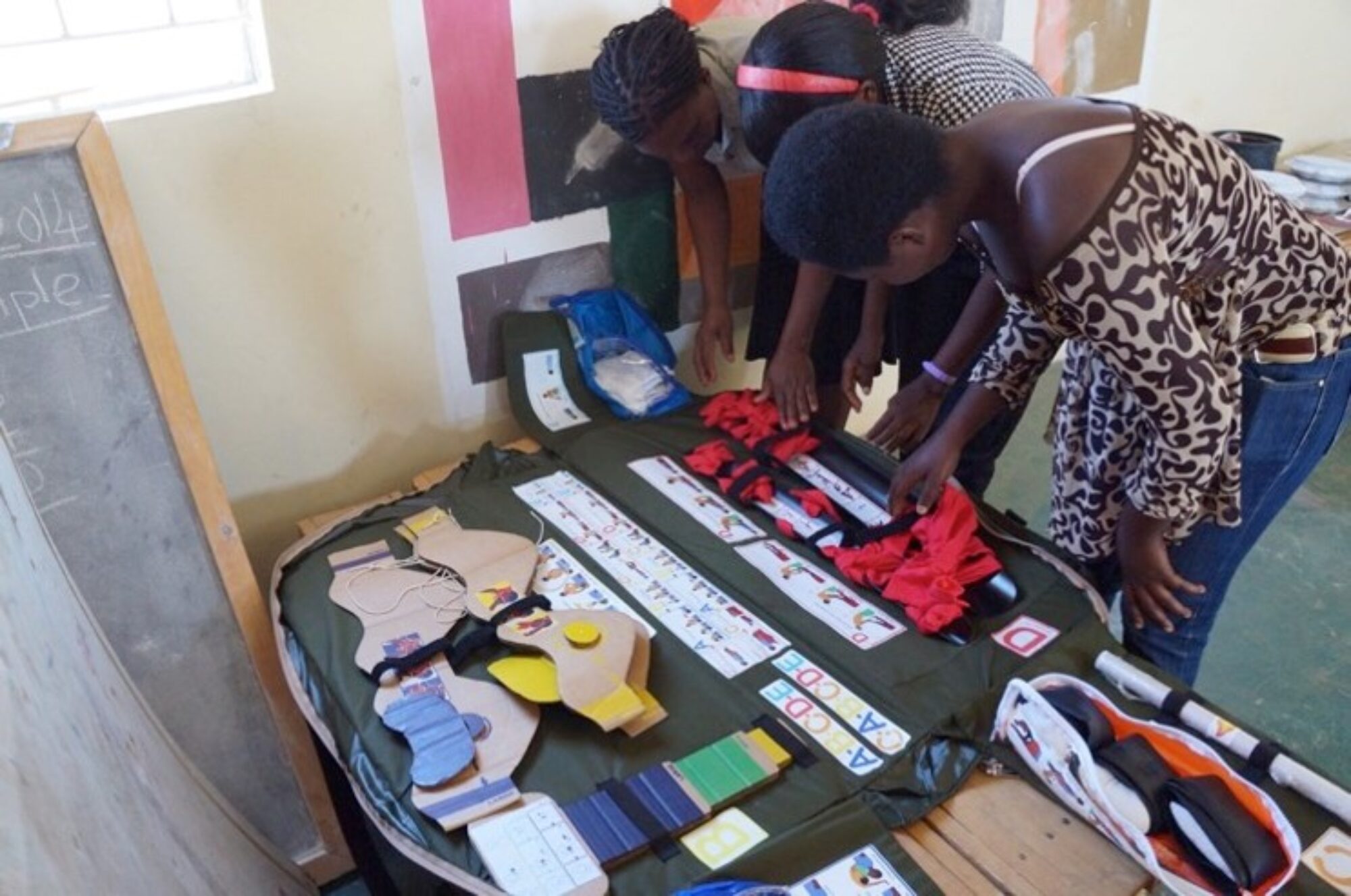
Low-fidelity prototyping techniques for interactive products have so far largely been evaluated in laboratory based settings. However, the question arises; is this the only method of testing that should be supported? Especially given the recent trends in design research towards developing a deeper understanding of a product in it’s intended context of use. This area of enquiry formed the basis for Alex Woolley’s PhD with the group, investigating the impact of in-context testing on low-fidelity interactive prototypes.
Comparative study of in-context and laboratory based testing
As part of this research, a comparative study was conducted comparing user testing data gathered in-context with data gathered in a laboratory environment. For the study, three different prototypes were tested to see how they performed in the different environments:
- An IE system prototype with an interface simulation running on a tablet PC
- An IE system prototype with a screen embedded in the prototype
- On screen emulation using a touch screen
Results from the study show that testing in-context can uncover issues related to the physical design of the product not seen in laboratory testing, and that the laboratory can uncover issues not seen in-context due to increased opportunity for user reflection. In terms of the prototyping approaches used, the elimination of physical elements of the design using a touch screen emulation prevented important physical issues from being uncovered when testing in context. The most appropriate approach for testing in context was to embed a screen in a physical prototype, although this remains a technically challenging activity.
Full details of the work can be found in Alex’s PhD Thesis.
